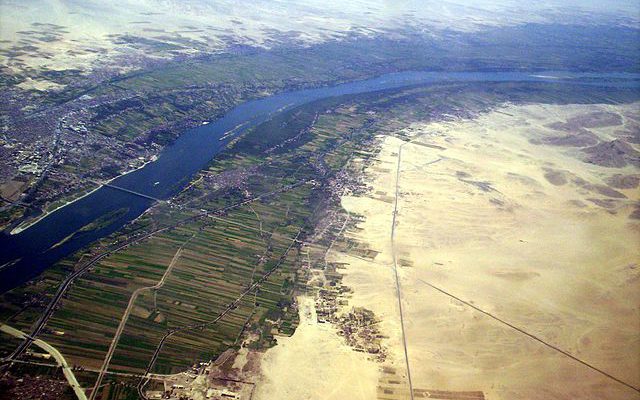-

The latest outlook from the Climate Prediction Center shows that February and February through April has a continuation of the expected weak La Niña pattern across the Southeast. That means that Florida and southern Georgia and Alabama are most likely to be warmer and drier than normal. Other areas of the Southeast have equal chances…
Posted in: Climate outlooks -

The January Crop Progress and Condition Report for Georgia was released today. It says: January 29, 2018 GEORGIA: Total rainfall for the month ranged from 0.5 inches in Butts County to 8.9 inches in Rabun County. According to the U.S. Drought Monitor, the percentage of the State in a moderate drought increased 15 percentage points…
-

The Atlantic posted a series of photos taken this week in Puerto Rico, where 450,000 homes out of 1.5 million are still without power months after Hurricane Marie. Imagine trying to live in conditions like this. Restoration of power and clean-up of all the debris will take years, and that assumes they don’t get hit…
-

Here’s a notice of the upcoming Severe Weather Preparedness Week from our friends at the NWS office in Peachtree City: Beginning next week (Monday, February 5), with support from our state emergency management partners (GEMA), we will recognize Severe Weather Preparedness Week for the state of Georgia. Each day (through Friday, Feb 9) will address…
-

ABC News has a new video out featuring Ginger Zee discussing the long-term decline in orange production in Florida. In the last year it has been seriously impacted by Hurricane Irma but even before that citrus was declining due to citrus greening and drought. You can read more and watch the video at https://abcnews.go.com/US/floridas-orange-crops-quietly-dying-decade-growers-fight/story?id=52612301. (Personal note–Ginger…
-

Eos has an interesting article this week discussing the impact of distant volcanic eruptions on the flow of the Nile River. A new paper in Nature Communications discusses the evidence “indicating that a series of eruptions may have caused sharp drop-offs in the summer rainfall usually brought by the African monsoon.” The cooling from the…
-

According to an article by Associated Press, 2017 was tied with 2016 for the warmest year on record for Georgia, as noted by Bill Murphey, the State Climatologist. Atlanta broke many records during the year and other cities also observed records. Murphey attributed the warmth to a combination of factors including warm nighttime temperatures and…
Posted in: Climate summaries